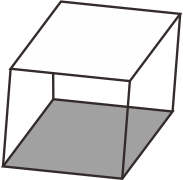
Perimeter is the distance around a closed figure and is typically measured in millimetres (mm), centimetres (cm), metres (m) and kilometres (km). These units are related as follows: 10 mm = 1 cm 100 cm = 1 m 1000 m = 1 km The word 'perimeter' is also sometimes used instead of circumference. If we know the radius Given the radius of a circle, the circumference or perimeter can be calculated using the formula bwloe: Perimeter (P) = 2 · π · R where: R is the radius of the circle π is Pi, approximately 3.142If we know the diameter If we know the...







